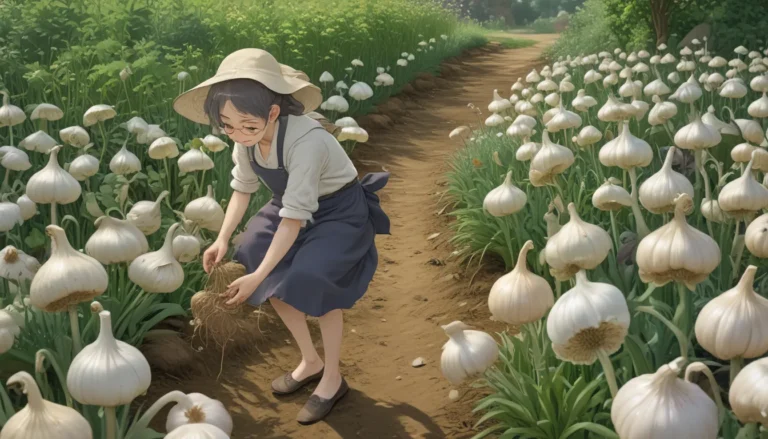Transform Your Garden with Professional Soil Testing

Are you looking to transform your garden into a thriving oasis of greenery and blooms? Do you want to ensure the health and productivity of your plants? Well, you’re in luck! Testing your soil is the first step recommended by gardening experts everywhere.
Whether you’re a seasoned gardener or just starting out, understanding your soil’s nutrient composition and pH can make a significant impact on the overall health of your garden. But how do you go about testing your soil? Let’s dive into the details!
Why Test Your Soil?
Before we dive into the nitty-gritty of soil testing, let’s understand why it’s essential. Soil testing helps you troubleshoot any issues your garden may be facing, allows you to fertilize appropriately, and ensures optimal plant growth. By knowing your soil’s composition, you can make informed decisions on how to care for your plants effectively.
So, who should test your soil, and how do you go about it? Let’s find out!
Testing Your Soil Like a Pro
The best way to get your soil professionally analyzed is to reach out to your local extension office. These offices are part of the Cooperative Extension System (CES) supported by the USDA National Institute of Food and Agriculture (NIFA). For a modest fee, usually between five and 25 dollars, your local extension office will test your soil for you.
Here’s how you can collect a soil sample for testing:
Step 1 – Create a Wedge
Use a trowel to create a V-shaped wedge in the ground, about 2 inches wide and 6 inches deep.
Step 2 – Remove and Cut
Remove the wedge from the ground and cut out a two-inch chunk from the center of the sample.
Step 3 – Set Aside
Place the sample in a clean, non-metal container.
Step 4 – Repeat
Repeat steps 1 through 3 in 8 to 12 more spots in the area you’re testing.
Step 5 – Combine
Mix the samples together well, allow the mixture to dry, and place the required amount into a designated container for testing.
Step 6 – Document and Mail
Fill out the information sheet, record where each sample was collected, and send it to the lab for analysis.
Remember, you don’t need to test your soil every season. Every three to five years should be sufficient.
Understanding Your Results
Once you receive your soil test results, you’ll likely get recommendations for fertilization and amendments based on your soil’s composition. Different crops have varying soil requirements, so it’s crucial to provide the lab with information about what you intend to grow.
Organic compost is an excellent way to fertilize your soil naturally. Freshly added compost may take some time to release its nutrients, but it’s a long-term, slow-release fertilizer that can benefit your plants in the long run.
Maintaining the pH of your soil is also essential. Adding lime for acidity and sulfur for alkalinity can help you achieve the ideal pH range of 6.0 to 7.0 for most plants. Adjusting pH levels can significantly impact nutrient availability and plant health.
Building a Healthy Foundation for Your Garden
Now that you have a better understanding of your soil’s composition and how to care for it, it’s time to build a healthy foundation for your garden. Here are some tips to help you maintain healthy soil and promote thriving plant growth:
- Add Organic Compost: Regularly adding organic compost to your garden can improve soil health and provide essential nutrients to your plants.
- Plant Cover Crops: Planting cover crops like clover and winter rye can protect your soil from erosion, suppress weeds, and enhance soil fertility.
- Rotate Crops: Rotate your crops seasonally to maintain soil health, prevent nutrient depletion, and promote biodiversity.
- Avoid Tilling: Minimize tilling and compaction of your soil to preserve its structure and microbial activity.
Remember, healthy soil leads to healthy plants. By focusing on building up your soil’s health, you can create a beautiful, productive, and sustainable garden that will thrive for years to come.
Have you tested your soil before? Share your experiences and insights in the comments below! And for more gardening tips on soil improvement, check out our guides on composting autumn leaves, using eggshells in the garden, and more.
By following these steps and guidelines, you can ensure that your garden thrives with healthy soil and productive plants. Testing your soil is just the first step towards creating a beautiful and sustainable garden that you can enjoy for years to come. So, get your hands dirty, collect those soil samples, and watch your garden flourish!





